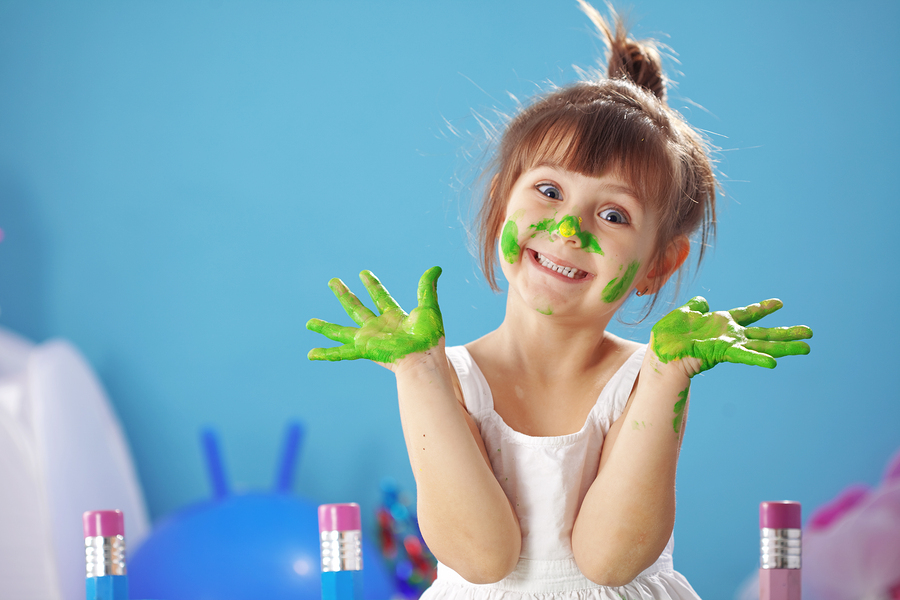
How Personalized Learning Is Changing Education
Everyone learns differently. Some grasp concepts more readily using a “hands-on” approach, while others absorb ideas through the written word. Some set facts to music while others compose catchy acronyms. With learning styles as personalized as a fingerprint, it seems nonsensical that traditional education has historically sought to teach everyone at the same time, using a standardized set of techniques and tools.
Thankfully, this is starting to change. Classrooms are shifting towards a new style of teaching–one that is custom-designed to meet better the needs of each child.
Here are some of the ways that education has shifted to meet the diverse needs of learners.
Ownership of Learning
One of the greatest tools that a child can develop is a love of learning–an innate drive to acquire information and master new skills without relying on extrinsic motivators such as good grades and academic reward. As “10 Trends for Personalized Learning” points out, “when you believe that you have a stake in your learning and own your learning, you are more motivated to want to learn.” And, once this love of learning takes hold, it will serve that child well for the rest of their lives.
Personally Relevant
By providing learners with learning tasks that are personally meaningful and relevant to their lives, they will be more likely to care about said work–creating an intrinsic reward and increasing their level of motivation. This means providing kids with a choice when it comes to assignments. For instance, at the end of a novel unit, children could be offered the opportunity of creating a book jacket, an alternate ending, a skit, or a traditional essay–enabling them to appeal to their own learning styles and showcase their strengths.
Learning As Fun
If learning is perceived as “fun,” kids will want to engage in this worthwhile activity all the time. How can you transform a dry topic or complicated concept into fun? It’s easy. Incorporate seemingly playful activities into the teaching process and kids won’t even realize they’re learning.
Whether you include an interactive educational game, a relevant YouTube clip, a mathematical card game, a 3D model, or a class field trip, novel approaches to teaching will spark interest and facilitate learning. “7 Proven Ways to Help Kids Learn Math” also points to the use of mnemonics as a viable way to help some learners better remember facts. If you grew up on “Every Good Boy Deserves Fudge,” “Roy G. Biv,” and “H.O.M.E.S”–and you still remember what they stand for–you are living proof that these fun memory activities work.
Yields Better Results
To assess a teaching method’s effectiveness, it is important to examine multiple outcomes. And it appears that personalized learning is yielding an array of benefits. In fact, according to “How Personalized Learning Can Benefit Students,” 93 percent of educational professionals agree that students benefit from being able to learn at their pace, 94 percent say that students demonstrate improved learning and achievement when technology is incorporated into the curriculum, interest in STEM fields is greater in a student-and-teacher-driven classroom that incorporates technology, and 66 percent of students measure their academic success by the achievement of their goals–beating out parental pride and school awards by a landslide.
The education system finally realizes that cramming square pegs into round holes benefit no one. By teaching kids in a way that best suits their design, learners will be better equipped to reach their full potentials, develop self-efficacy, and grow into happy, productive adults. And, isn’t that the whole point of school?
What was your favorite classroom activity when you were growing up?
